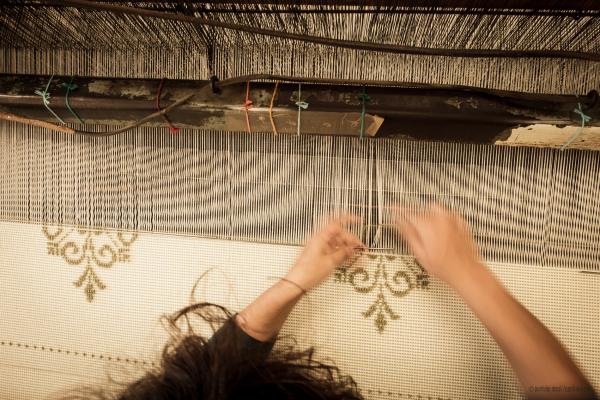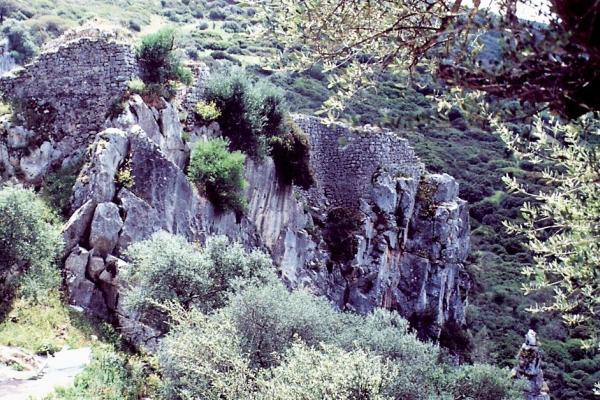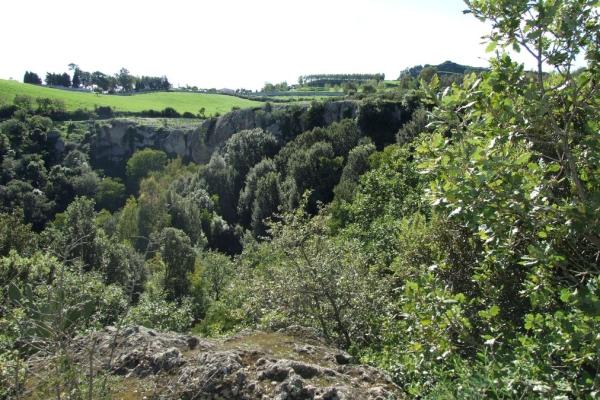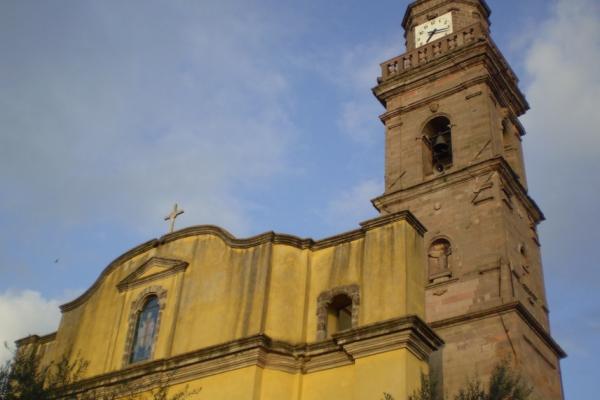The acronym stands for Museo Unico Regionale dell’Arte Tessile Sarda - being the Regional Museum of Sardinian Textile Art – and encompasses the value and vision of an institution that, since 2002, has been safeguarding, displaying and promoting the priceless heritage of the island’s manufacturing excellence. The MURATS is located in Samugheo, a village of Mandrolisai – a territory in the ‘heart’ of Sardinia divided between the provinces of Oristano and Nuoro - renowned to this day for its flourishing textile production. The geographic ‘isolation’ of the town meant that a prolific high-quality craft tradition endured, handed down from mother to daughter.

Museums
Arising in the centre of the island is the historical record of Sardinian textile art, in a village on the border between Oristano and Nuoro that have kept the artisan tradition alive
Arising in the centre of the island is the historical record of Sardinian textile art, in a village on the border between Oristano and Nuoro that have kept the artisan tradition alive
See this place because...
This is where knowledge and the works of the textile art of Sardinia are safeguarded, where weavings, fabrics and techniques can be admired, having been handed down through the centuries and generations
You may also like
More attractions in the vicinity
Nearby hotels and accommodations

Bed and breakfast
SAMUGHEO
0 km

SAMUGHEO
1 km

SAMUGHEO
1 km













